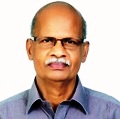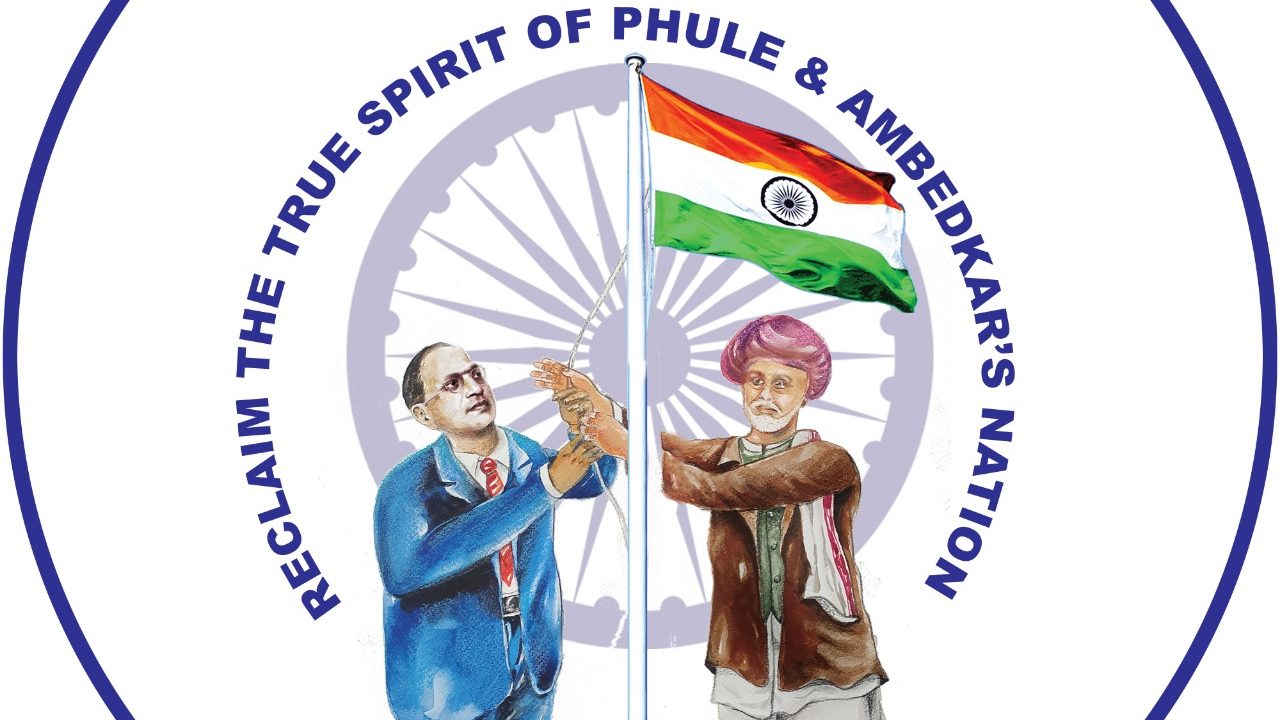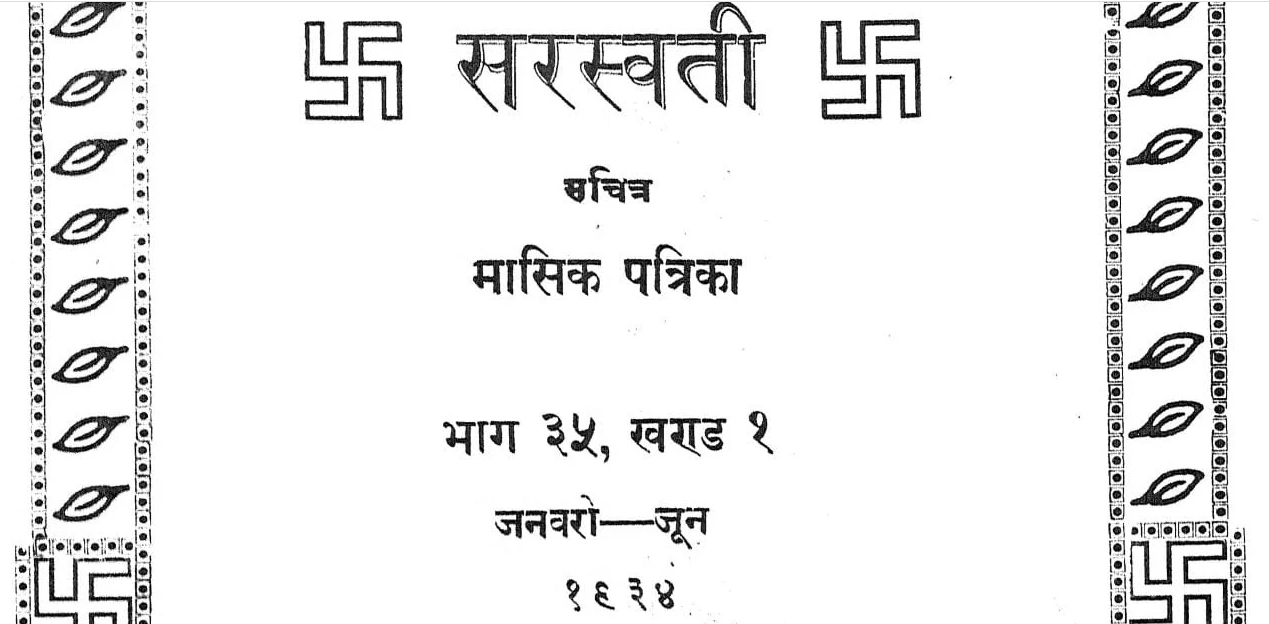In its judgment on the Sabarimala Temple, in the India Young Lawyers’ Association vs State of Kerala case, delivered on 28 September 2018, the Supreme Court declared that prohibiting entry of women of menstruating age (10-50 years) was a form of untouchability. The verdict states, “A claim for the exclusion of women from religious worship, even if it be founded in religious text, is subordinate to the constitutional values of liberty, dignity and equality. Exclusionary practices are contrary to constitutional morality.” One of the unexpected fallouts of the controversy over the restriction on women’s entry into the Sabarimala Temple is the demand for restoration of the ownership of the temple to the Malai Arayans, an Adivasi community.
The Malai Arayans claim that they used to perform rituals in the temple until they were forced to stop when, in 1902, a Brahmin family, took over the priestly responsibilities of the temple. Since then, the post of the “tantri”, the head priest of the temple, has been passed on hereditarily within a Brahmin family. According to Malai Arayan activists, the subsequent brahmanization of the temple – and its rituals and history – effectively ousted the Adivasi community from the temple. However, comments on the court’s verdict that followed have not taken serious note of the claims of Malai Arayans as one of the key stakeholders of the temple. Therefore, the perceived untouchability of the Adivasis that led to them being stripped of their ownership of and observances in the Sabarimala Temple need to be revisited and examined by the Supreme Court, along with the 50-odd review petitions scheduled for hearing on 22 January 2019.
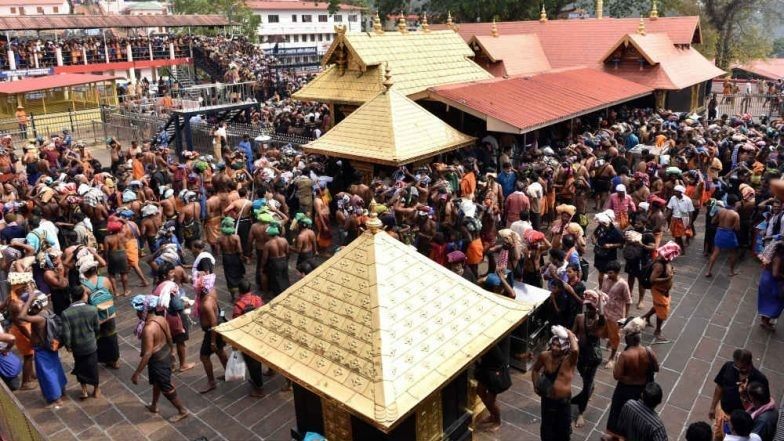
Malai Arayans have claimed ownership of the rituals at Sabarimala earlier. In 2011, they had staged protests demanding the restoration of their right to light the Makara Vilakku, a ritualistic lighting of fire on Ponnambalamedu hill. Until a few years ago, the present custodians of the temple claimed that this fire was a divine phenomenon.
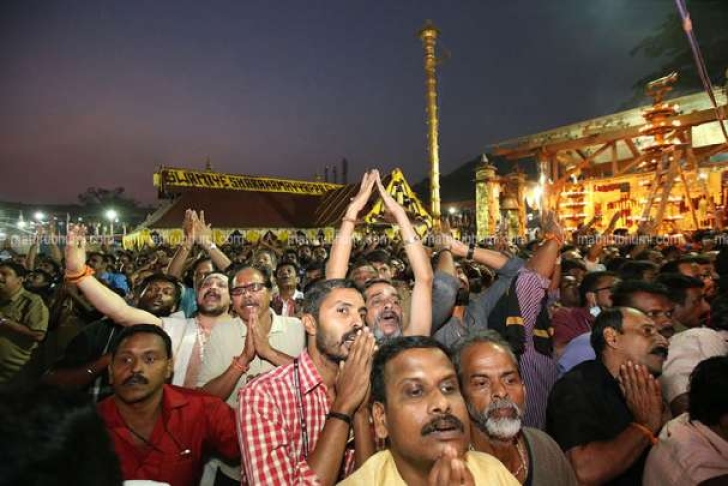
History and Stakeholders
The Sabarimala Temple in Kerala is one among the major religious centres in the country in terms of the number of pilgrims it attracts from different parts of India and the burgeoning value of offerings. It is also one of the few Hindu temples that welcome people of all faiths. In fact, the temple complex also has a place called Vavar Nadu, dedicated to Vavar, who is believed to have been a Muslim friend of Ayyappa. Based on the belief that Lord Ayyappa and Father Jacomo Fenico, a 16th-century Vicar of St Andrew’s Catholic Church in Arthunkal near Alappuzha, Kerala, were friends, the church continues to welcome Sabarimala pilgrims. The Vavar mosque plays host to pilgrims as they engage in the Pettathullal ceremony performed as part of pilgrimage to the temple. Mukund Padmanabhan has mentioned this ritual in his foreword to an volume titled Sabarimala Sree Dharma Sastha Temple – Ascent to Awakening (2016) published by The Hindu. According to Santhosh K. Thampi, a contributor to this volume, any attempt to unearth Sabarimala’s past is an arduous climb through the terrains of myth, legend and history. A widely shared myth is that Ayyan/Ayyanar/Ayyappan/Sastha or Hariharaputhran was born from the union of Shiva and Mohini, Mahavishnu’s feminine personification. Legends consider Ayyappan as a local warrior hero. The earliest historical reference to the temple is made by Ward and Conner in their Geographical and Statistical Memoir of the Survey of Travancore and Cochin States (1893).
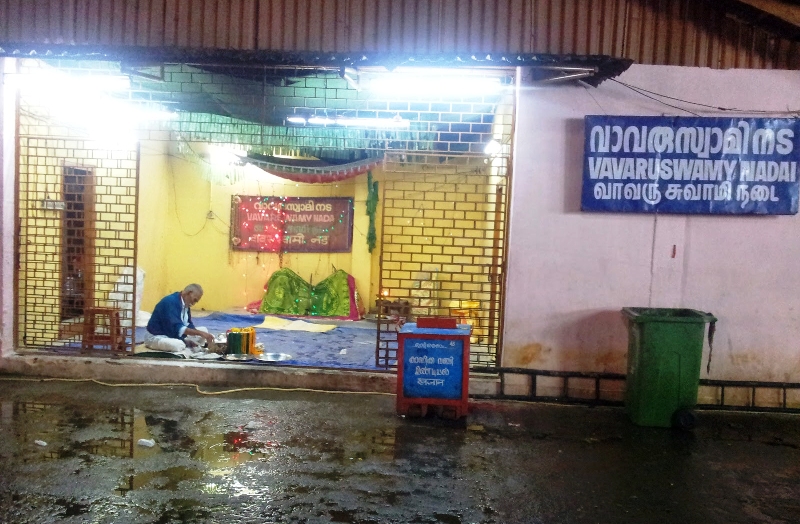
According to one legend, the king of Madurai ran into Ayyappa, a warrior, while on a hunting expedition to the forests. The king, impressed by the courage and martial skills of the warrior, appointed him in his army. Upon his later elevation as chief in the cadre, aspirants for the position became jealous of him. They tricked the queen to feign illness and got a quack to prescribe a strange cure: administering leopard’s milk. Though the design was to send Ayyappa to the forest to fetch leopard’s milk, hoping that he would be killed in the process, Ayyappa returned riding on a leopard, accompanied by a host of other leopards. The king knew this was impossible and asked the warrior to disclose his true identity. “God is my Father. The world is my home,” Ayyappa replied. He left the kingdom and moved to Kerala. The king too moved with him and relocated to Pandalam, a place on the way to Sabarimala.
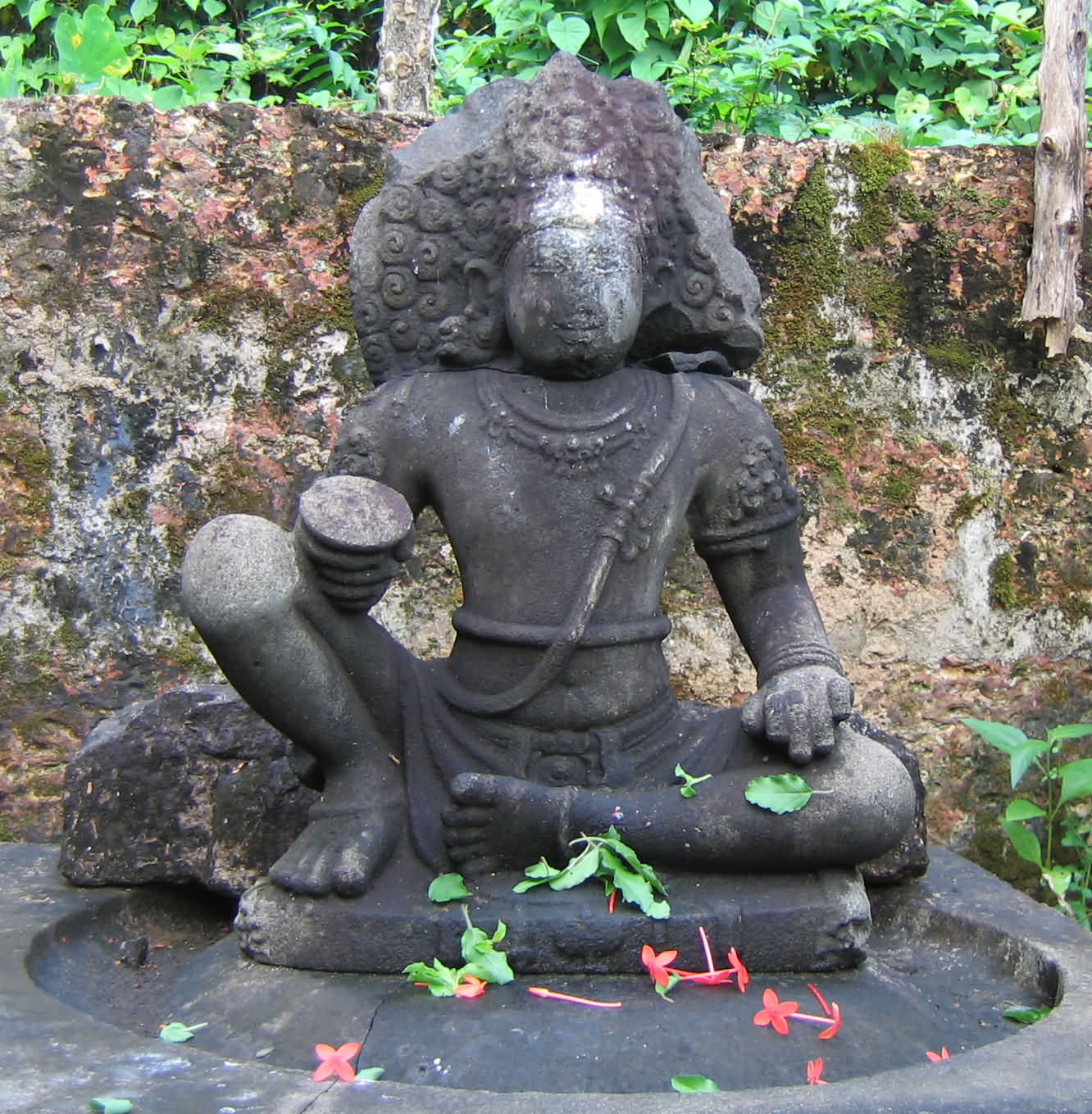
The Buddhist link is another dimension of Sabarimala. Historians hold that Buddhism reached Kerala in the third century BC. Both Sastha (Ayyappa) cult and Buddhism share mass-chanted prayers and congregational worship practices. It may be noted that the deity at Sabarimala carries the prefix Dharma, which is often used in Buddhism as well. A. Sreedhara Menon, author of The History of Kerala, talks about the affinity between Sabarimala and Buddhist rituals with reference to the emphasis on non-violence, vegetarianism, abstinence from sex, disregard for caste distinctions; invocation of Sharanam Ayyappa, reminiscent of the Buddhist Sharanatraya; and trekking in batches. However, archaeological proof linking Sabarimala to Buddhism has yet to be found.
Stakeholders of Sabarimala and their role and claims
| Pandalam Royal Family | A colourful procession, accompanied by a member of the erstwhile Pandalam royal family, carries Thiruvabharanam (ceremonial jewels gifted by the royal family to Ayyappa) from Pandalam to Sabarimala. |
| Thazhamon Thantri (chief priest) family | Tantric rites at Sabarimala are a hereditary right of the Thazhamon Madom family of Chengannur. The Tantri (presiding priest) is the highest authority in matters relating to rites performed at the temple. |
| Travancore Devaswom Board (TDB), Government of Kerala | TDB, an autonomous body, was formed in 1950 under the Travancore-Cochin Hindu Religious Institutions Act, after dissolving the Travancore Royal Devaswom Commission (TRDC). It wields general powers of management of Sabarimala (and other temples under it), including development of infrastructure, and collection of donation, valuable offerings, fee and other revenue from shops/guest houses/advertisements, etc. The adorning of Ayyappa with Thanka Anki during Mandala Pooja marks the culmination of the 41-day Mandalam pilgrim season (Thanka Anki is the golden attire offered by Chithira Tirunal Balarama Varma, the last Maharaja of erstwhile Travancore, to the deity of the Sabarimala temple in 1973. TDB keeps the attire in the strong room of Parthasarathy temple Aranmula, Kerala) |
| Believers’/Devotees’ organisations | Though devotees’ organizations enjoy only advisory powers, their role has increased over the years particularly in matters of pilgrim support services. Akhila Bharatha Ayyappa Seva Sanghom (ABASS) and a host of others, including Global Ayyappa Unity for Reverence and Devotion (GAURD), have been engaged in voluntary emergency services. |
| Ministry of Forest and Environment, GOI | The abode of Ayyappa is surrounded by dense evergreen forest and the Periyar Tiger Reserve. Appropriate clearance of the Ministry of Forest and Environment is mandatory for infrastructure development works at the base camps, and camps on the way to the temple precincts, because of the environmental/wildlife implications. |
| Malai Arayans (a tribe in the region) | It is said that at least 300 years ago, they installed the idol, constructed the old temple and began worshipping their deity Ayyappa at Ponnambalamedu (close to the Sabarimala Temple) and lighting a flame as part of their rituals. This is considered the origin of Makarajyothi, which marks the culmination of the two-month pilgrim season to Sabarimala. The other rituals and sacred places en route to Sabarimala, supporting their claim are: Pettathullal, Thenabhishekam, Aazhipooja, Velichappaduthullal (oracle dance), Sharamkuthy, Appachimedu, Vavaruswamy temple, and the tradition of trekking in groups. |
Malai Arayans and their Sabarimala claim
The word “Malai Arayan” means “Monarch of the Hills”. “Arayan” comes from the word Arachan (king). They inhabit mainly Kottayam, Idukki and Pathanamthitta districts of Kerala and are included in the list of Scheduled Tribes. In Pathanamthitta district (where Sabarimala temple is located), major Scheduled Tribes include Ulladan or Ullatan (27.26 per cent); Malai Vedan or Malavedan (23.56 per cent); Malai Arayan or Mala Arayan (11.57 per cent); Malai Pandaram (6.09 per cent); and Uraly (0.7 per cent). (Source: Kerala District Fact book, Pathanamthitta District, Second Edition, January 2018, Datanet India).
A Panchaloha idol, crafted by Neelakanta Panicker and his younger brother Ayyappa Panicker, residents of Thattavila Vishwakarma family, Chengannur, Kerala, replaced the original stone figure of the deity. The temple complex now includes the sanctum sanctorum, two Mandapams, a Belikkalpura that houses the altar, Dhwajam (flagstaff), shrines dedicated to Ganapathi, Nagaraja, Malikappurathamma, Vavar and Kadutha, and Pathinettampadi (18 steps).
Prominent tribal organizations fighting to reclaim Sabarimala are Bhoo Adhikara Samrakshana Samiti (BASS); Aikya Mala Araya Maha Sabha (AMAMS) represented by P.K. Sajeev; Aikya Thiruvithamkoor Mala Araya Maha Sabha (ATMAMS) formed in 1950, currently led by K.K. Gangadharan; and Kerala State Pattika Jan Samajam (KPJS), represented by Sunil Kumar. Sajeev says that the first priest at the shrine was Karimala Arayan (whose name was embossed on the first of the 18 sacred steps that leads to the sanctum sanctorum) and Ayyappa was the son of Malai Arayan couple Kandan and Karuthamma. The main agenda of these organizations is to free the temple from the grip of the palace and the Thantri family and allow the entry of women of all ages. Lakshmi Rajeev, a researcher on Kerala temples, also supports the Malai Arayan argument of brahmanical usurpation of Sabarimala.
Despite the claims articulated above, a solution on the basis of the human rights of the Malai Arayans as an indigenous people has not been explored so far. According to Article 28: (1) of the UN Declaration on the Rights of Indigenous Peoples 2007, “Indigenous peoples have the right to redress, by means that can include restitution or, when this is not possible, of a just, fair and equitable compensation, for the lands, territories and resources which they have traditionally owned or otherwise occupied or used, and which have been confiscated, taken, occupied, used or damaged without their free, prior and informed consent.” And Article 28: (2) says, “Unless otherwise freely agreed upon by the peoples concerned, compensation shall take the form of lands, territories and resources equal in quality, size and legal status or of monetary compensation or other appropriate redress.”
While the Malai Arayans’ links to Sabarimala have yet to be established, the existing commonalities do merit an archaeological investigation. Meanwhile, recognition as one of the stakeholders of the temple and their entitlement to a portion of Sabarimala’s collections is in keeping with the UN Declaration on the Rights of Indigenous Peoples, 2007.
Copy-editing: Anil
Forward Press also publishes books on Bahujan issues. Forward Press Books sheds light on the widespread problems as well as the finer aspects of Bahujan (Dalit, OBC, Adivasi, Nomadic, Pasmanda) society, culture, literature and politics. Contact us for a list of FP Books’ titles and to order. Mobile: +917827427311, Email: info@forwardmagazine.in)
The titles from Forward Press Books are also available on Kindle and these e-books cost less than their print versions. Browse and buy:
The Case for Bahujan Literature
Dalit Panthers: An Authoritative History


